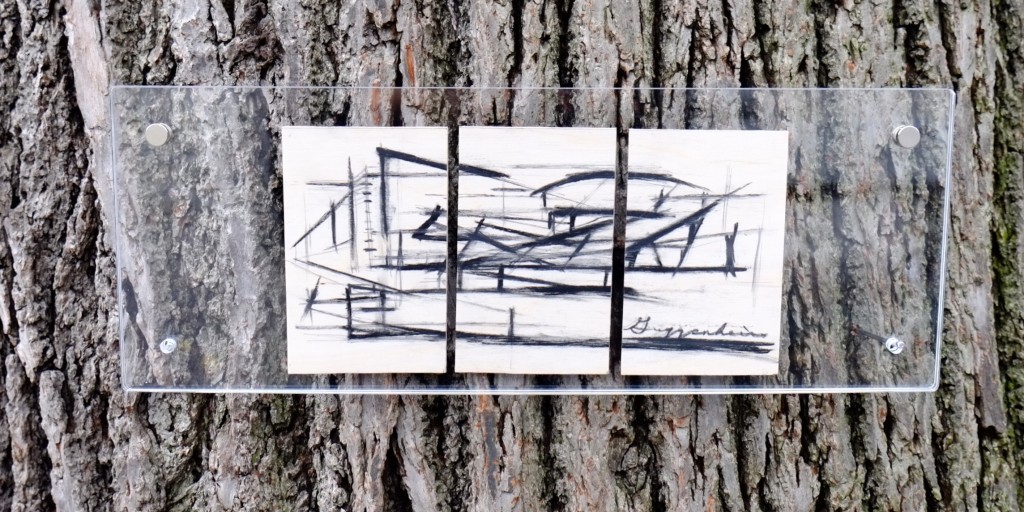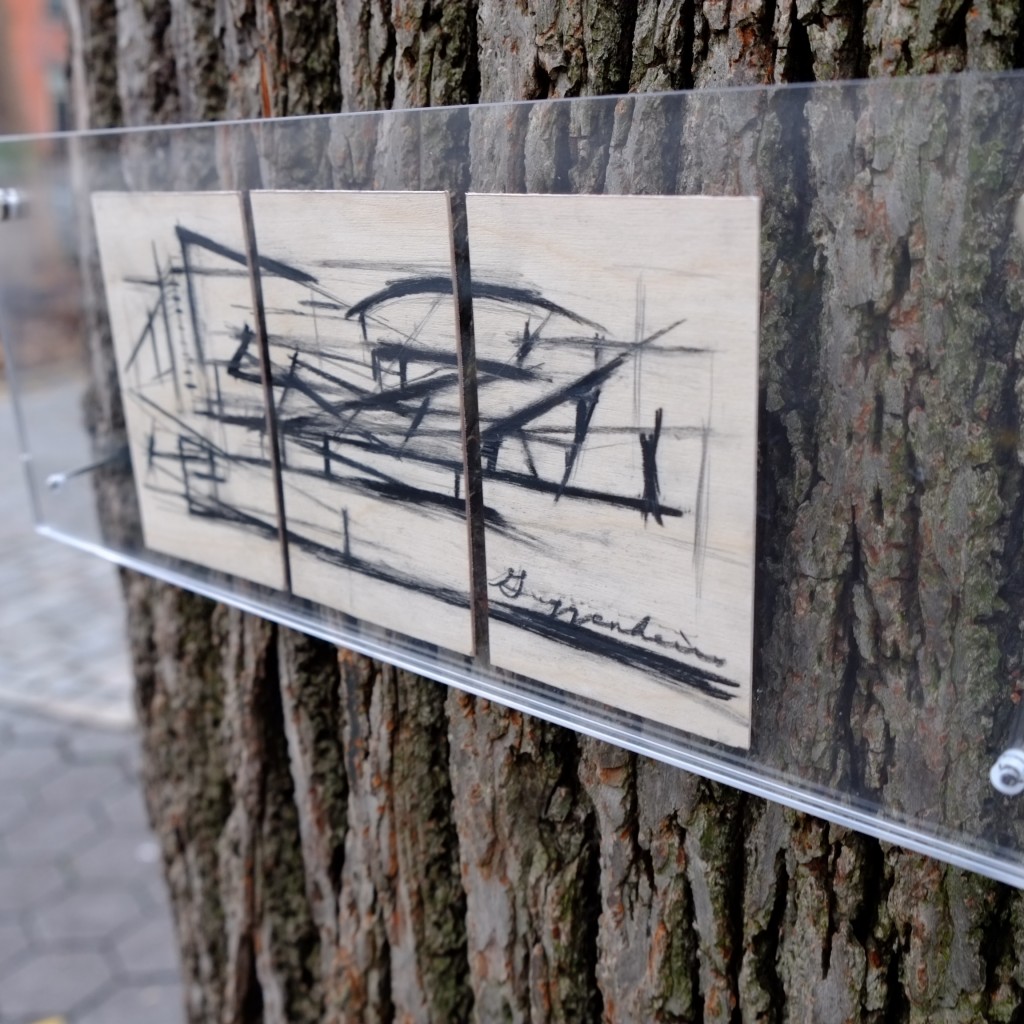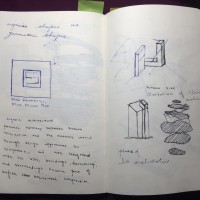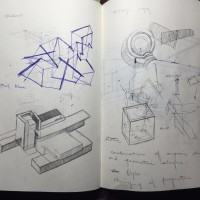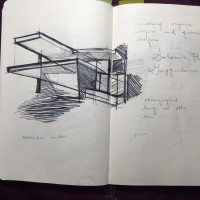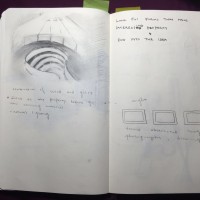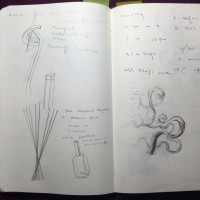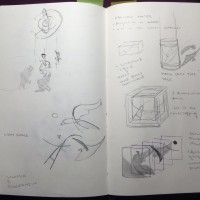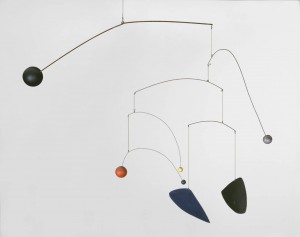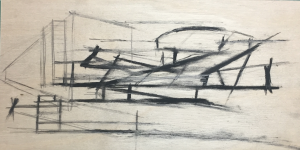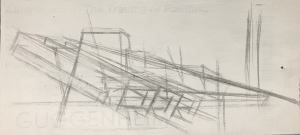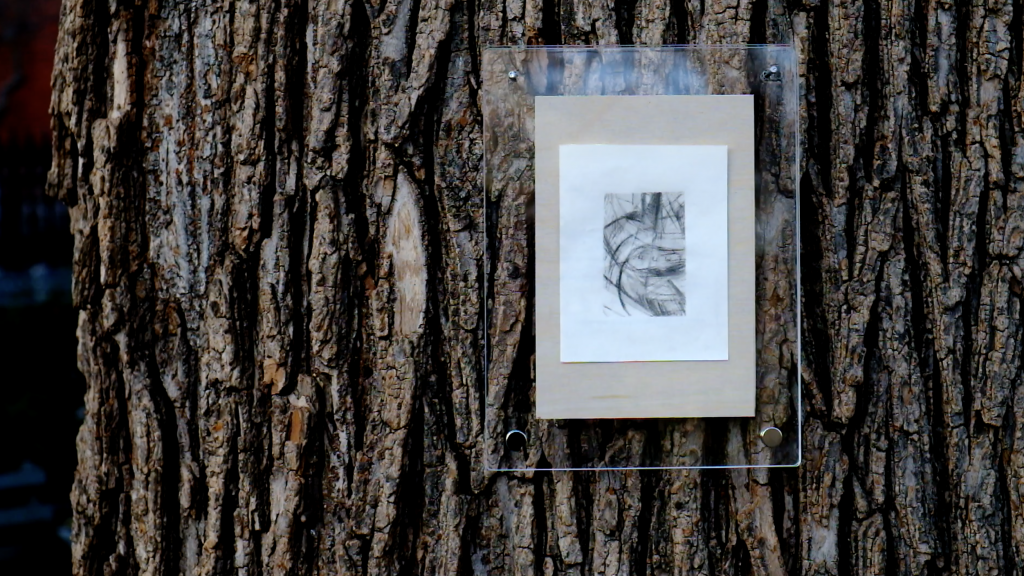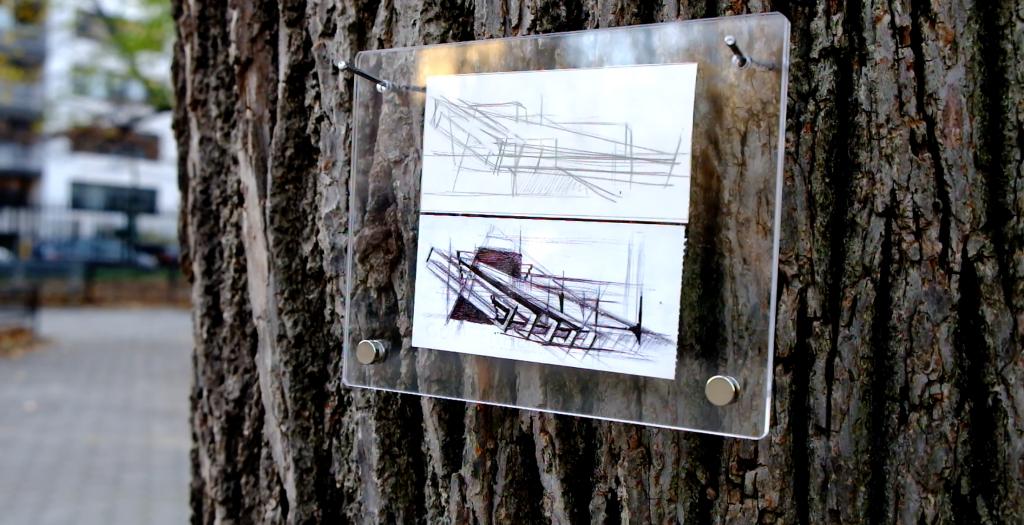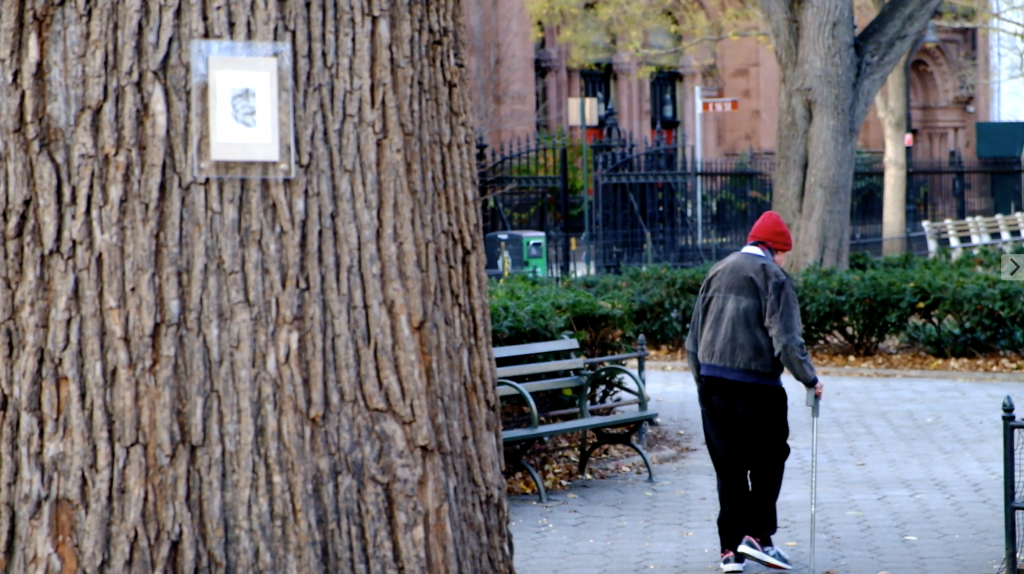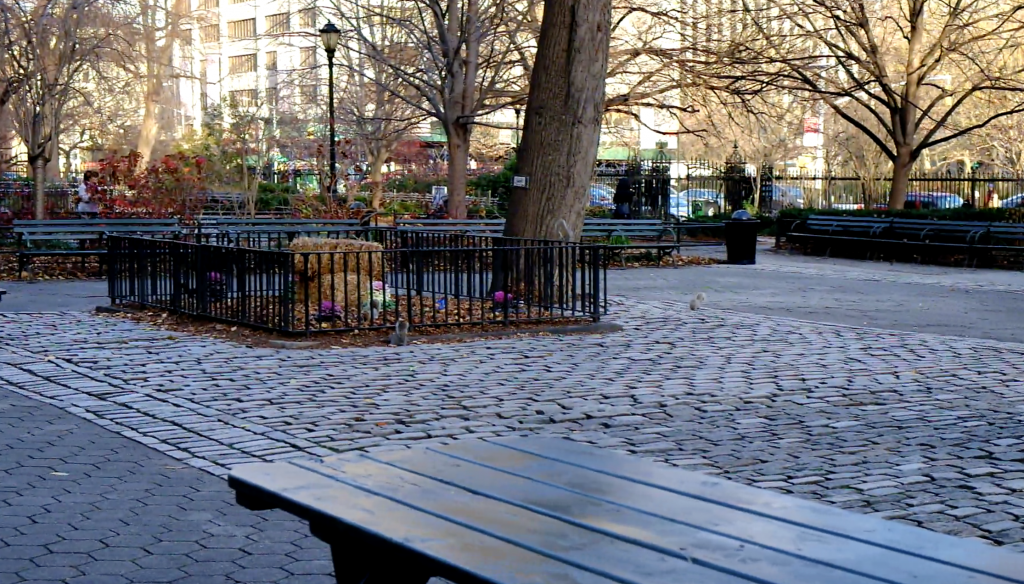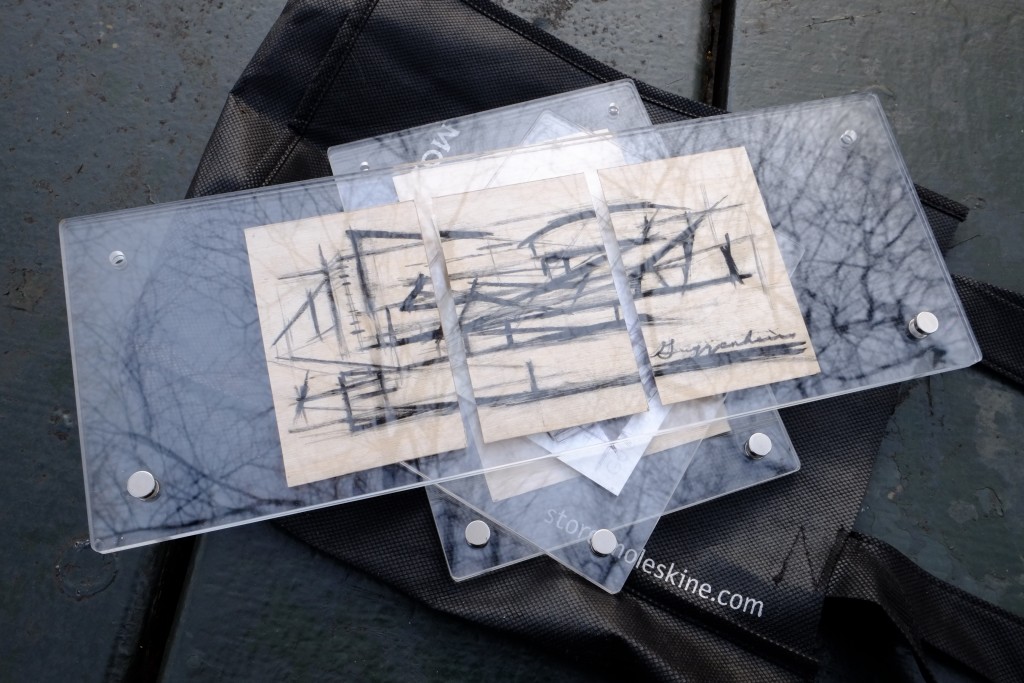Introduction
Frank Lloyd Wright was an architect, interior designer, educator and writer who were born in Richland Center, Wisconsin on June 8, 1867. He became chief assistant to architect Louis Sullivan after he dropped out from University of Wisconsin in 1887. Years later, Frank Lloyd Wright started his own firm designed in the style of Prairie School, an architectural style usually marked by horizontal lines, flat roofs with solid construction and craftsmanship. He designed homes and commercial buildings and developed the concept of the Usonian home. In his lifetime, he completed 532 buildings, out of more than 1,000 structures that he designed. One of his most influential and famous structures he had ever constructed –- Fallingwater (1935), a residential house that was build upon waterfall, has been called “the best all-time work of American architecture.” While being an architect for 70 years, Wright wrote 20 books and many articles; he was also a popular lecturer in the United States and in Europe.
Wright graduated high school in 1885, during his enrollment in University of Wisconsin, he worked to support his family and pay his tuition. He worked for the dean of the engineering department and assisted architect Joseph Silsbee. The experience was a turning point of his career; it convinced Wright to become an architect instead of a civil engineer. After two years of study in college, he dropped out in 1887 and go to work in Chicago for Silsbee.
His first marriage took place when he was 22 years old, which was a year after he started to work for Sullivan. He had six children with his wife Catherine Tobin, married when she was 19 years old. Their home in the suburb of Chicago was known as his first architectural masterpiece. After two decades of marriage, Wright suddenly abandoned his wife and children and moved to Germany with a woman named Mamh Borthwich Cheney, the wife of a client. Wright developed his career and put together his portfolio in Germany. He designed the Imperial Hotel in Tokyo, proven to be the first earthquake-proof structure after the Great Kanto Earthquake of 1923. Later on, he was considered as one of the leading architect. Since 1943, Wright dedicated 16 years of his life to one commission – the Guggenheim Museum of modern and contemporary art. The piece was controversial during that time, but after times, the Guggenheim Museum had became one of New York’s best architectures. Frank Lloyd Wright passed away six months before the opening of Guggenheim Museum on April 9, 1959, at the age 91. He is widely considered as the most successful architect of 20th century still until this date. His style of organic architecture is greatly appreciated by new generations of architects, they taken on the philosophy and further develops the great ideas of architectural legacy, Frank Lloyd Wright.
Creative Memorialization
Research/ Ideation
Idea: Dissection of the architectural structure of Guggenheim Museum, using wires to form the shapes and hang the aritifact up the celling. inspired by Alexander Calder

Sketching
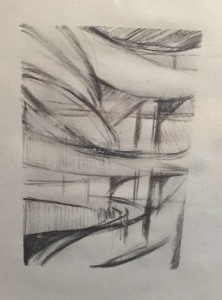
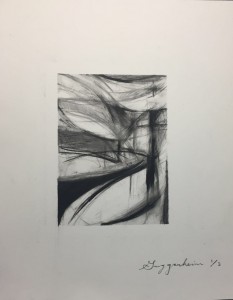
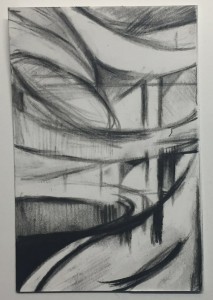

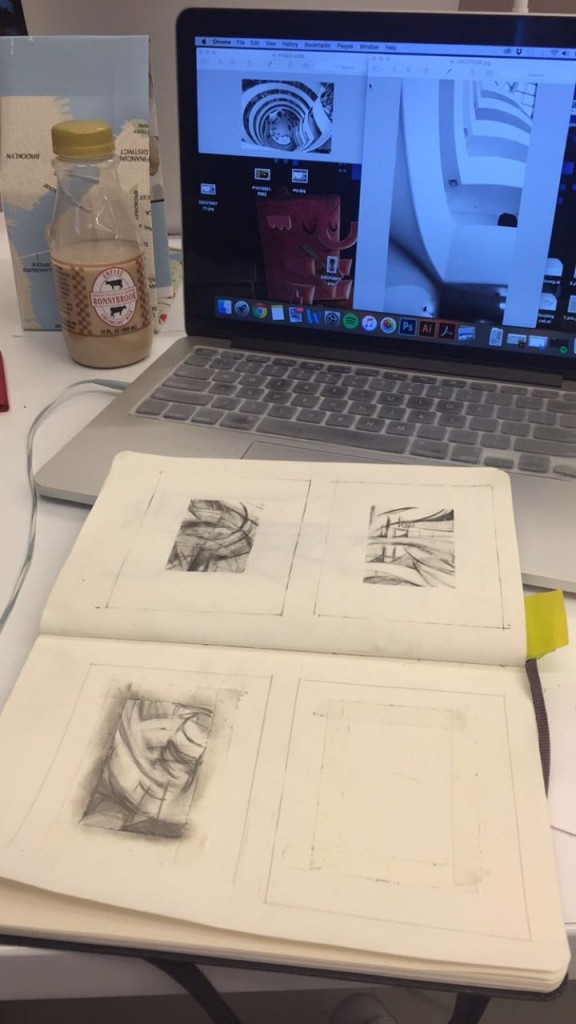
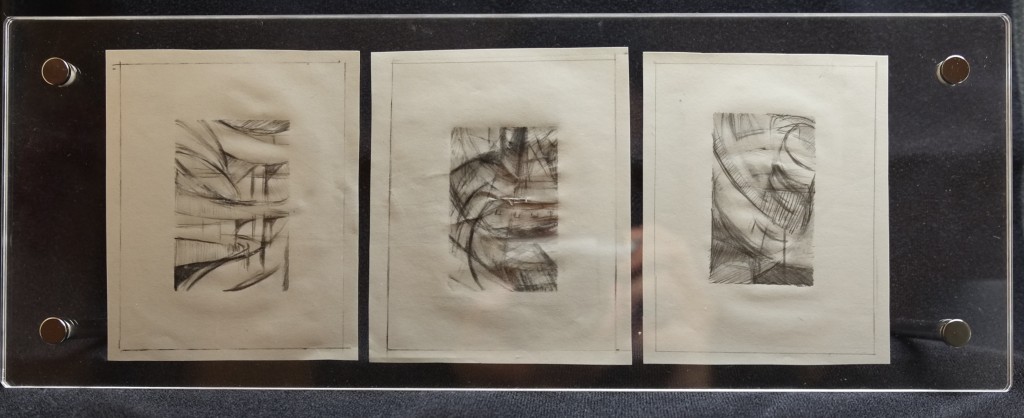

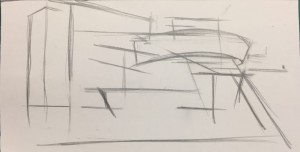
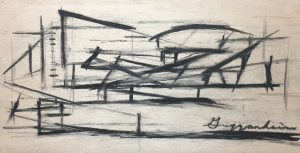 Charcoal on wood
Charcoal on wood
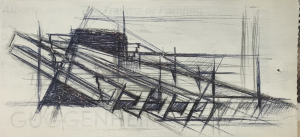 Drawing on Guggenheim Museum Ticket
Drawing on Guggenheim Museum Ticket
Installation – Exhibition in the Woods
An art series exhibition in the woods, dedicated to the father of organic structure Frank Lloyd Wright. After understanding Wright’s philosophy of organic structure, which he emphasized that all his work should harmonized with the surrounding natural environment. As an artist, I reapproached Wright’s architectural structures in the style that I developed so far as an artist. Each of the piece in the series was framed individually and hang onto three different trees that were adjacent to each other. In this way of displaying my drawings in transparent acrylic frames to show the harmonization of the exhibition pieces and nature and to memorialize Frank Lloyd Wright as an architecture legacy.
installation location: Stuyvesant Park

Memorial Exhibition to Frank Lloyd Wright
